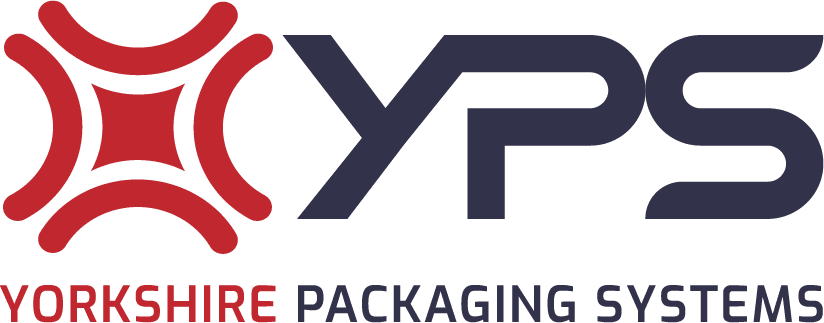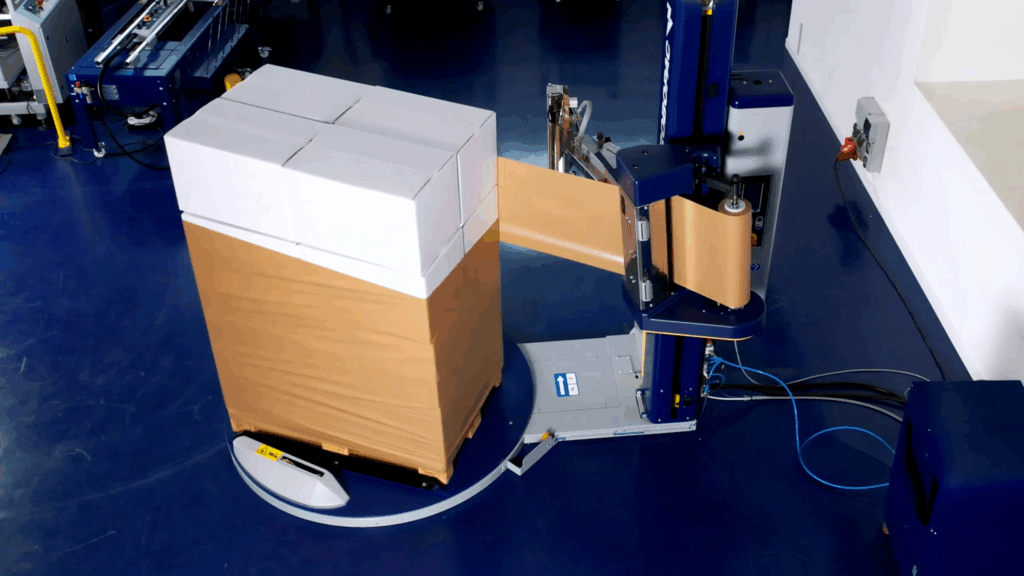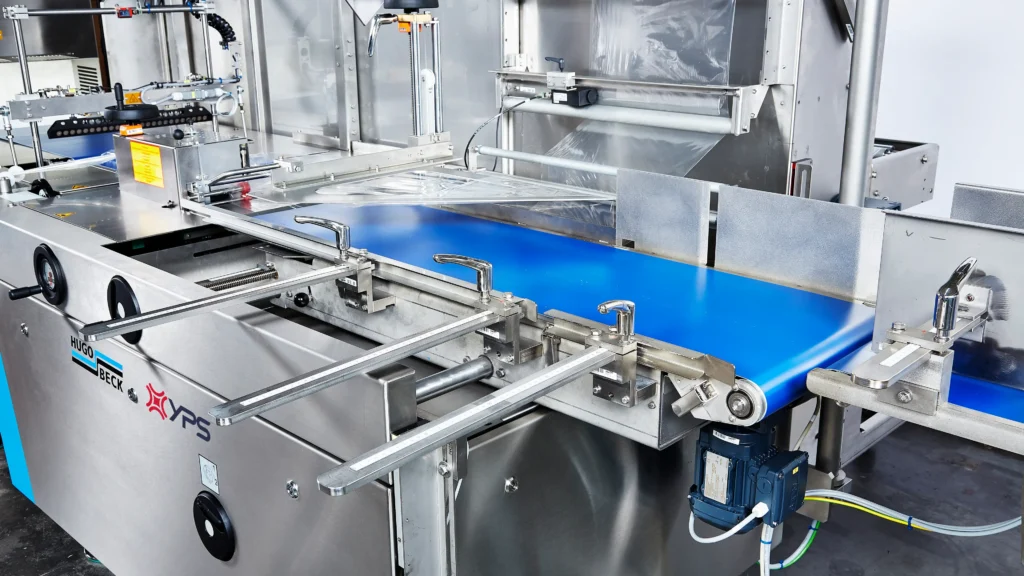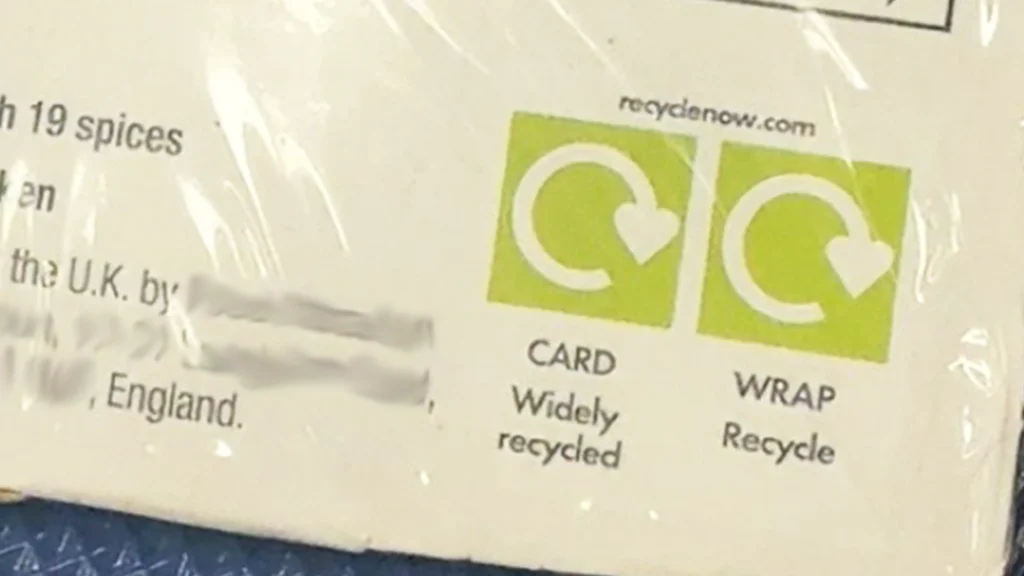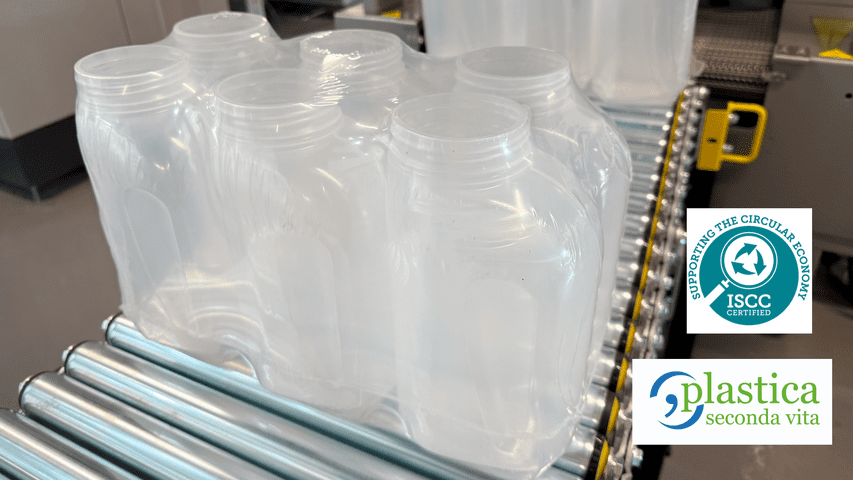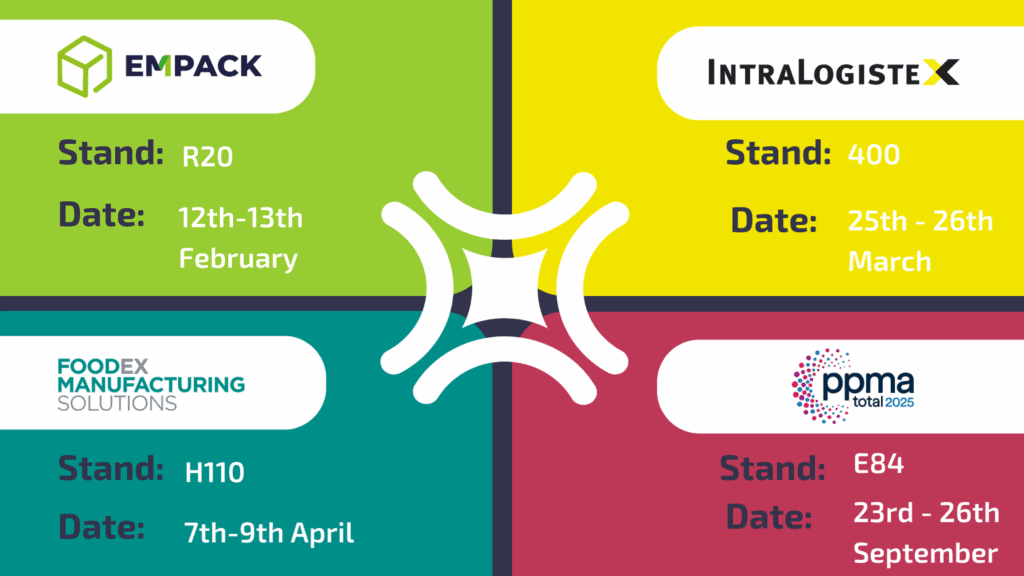The new pEPR regulations are shining a light on the environmental footprint of manufacturers’ packaging practices. The focus of the regulations is on materials use and specification, however operators can also make improvements toward their sustainability goals by reviewing the equipment they operate.
Below, our Director Jonny Braithwaite talks through some of the ways manufacturers can reduce their environmental impact, improving their production performance while simultaneously lowering their plastic usage and also decreasing their power use.
When looking to invest in new or upgraded packaging equipment there are some key features now available that result in reduced materials use. For existing equipment, our engineers also attend customers’ sites for machinery maintenance visits, where optimisation of settings can lead to a reduction in power consumption. For high-volume operations, these gains can mount up to serious savings.
Forward-thinking features
At YPS, we supply shrink wrapping machines and horizontal bagging machines that are designed with low gauge, highly-recycled content materials in mind, that in turn lead to higher throughput and a reduction in power requirements.
Features to look out for in this respect include:
Vacuum belts – The vacuum belt pulls the product and film through the machine, reducing the pressure on the film when compared with machines without this feature. This means that a much thinner film can be utilised, reducing film consumption by downgauging material specification. A vacuum belt also allows for a closer cut to the product, improving the pack aesthetic as well as reducing material consumption.
Continuous motion sealing jaw – The sealing head moves with the product, rather than remaining static. This means it can start to close around the product earlier which creates a much tighter seal.
Thinner sealing jaw – A finer sealing jaw results in a narrower seal, resulting in small material reductions per pack. It can also activate closer to the product, again creating a tighter finished pack.
Side sealing first – Where the side seal is created first, the machine effectively creates a tube of material around the products as they pass through the machine and then cross cuts to separate each pack. This produces a tighter seal than processes which cross-seal and then side-seal. It also creates significantly less material waste from trimming of the side seal.
Programmable start-stop – Machines which include start-stop scheduling power off automatically, ensuring that they are not running any longer than needed, therefore preventing unnecessary power use.
Power monitoring – Some models can include continuous power monitoring. This ensures that any issues that are causing a rise in consumption are highlighted and corrected as soon as possible, preventing wastage.
Optimal operation of any line
Our in-house team of dedicated packaging engineers carry out service contract and routine maintenance work for our customers and also perform Sustainable Site Surveys, which review existing set-ups with the specific aim of reducing environmental impacts.
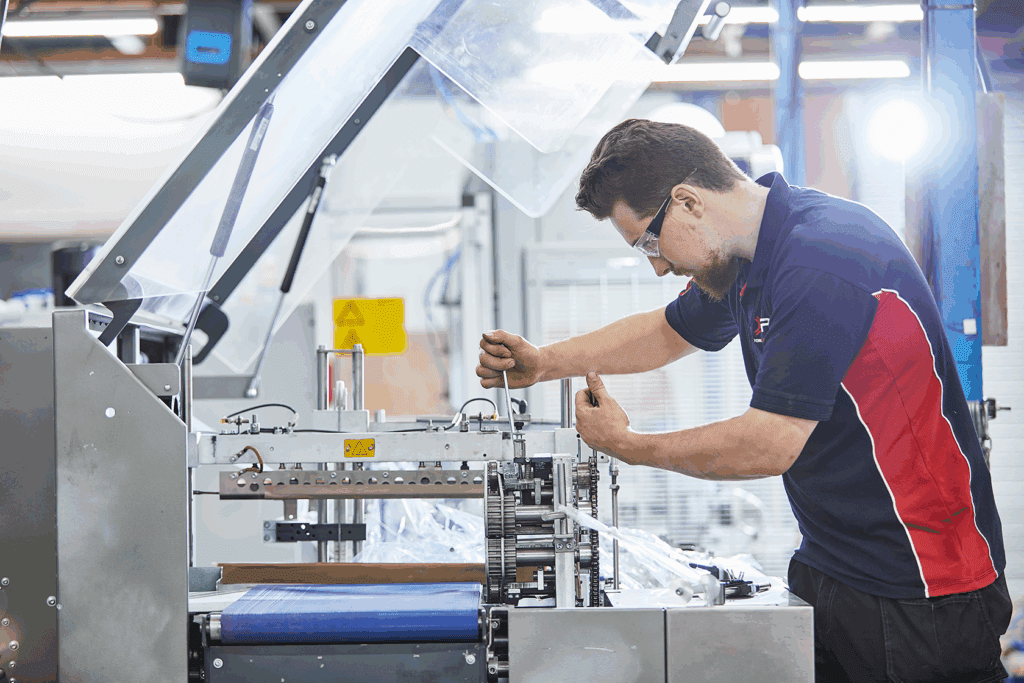
A few of the key settings they review include:
Sealing jaw temperature and dwell time – Ensuring that these settings are ideal for the operation confirms that the system isn’t using additional, unnecessary power. Reducing unnecessary dwell time also speeds up throughput for increased packs per minute and lessens machine wear and tear over the long term.
Heat shrink tunnel temperature – For shrink wrapping systems, shrink tunnel temperature should be matched to the material specification in use. Where customers have moved to the use of thinner films, reducing plastics use, they can also lower their tunnel temperature, realising a saving in power consumption.
Shrink tunnel operation – Our engineers always check that shrink tunnels are functioning as they should. If a heating element is down for any reason, the remaining elements use an increased power load overall to ensure the required temperature is reached.
For manufacturers and contract packers who would like to explore investment or upgrade options or who would like our engineering team to help optimise their current packaging system in line with their environmental goals, our team are always happy to help.
